Session 14: Passive House Policy
Mittwoch, 7. Oktober 2020, 17.00 Uhr
| Uhrzeit (MESZ) | Vortrag | Referent |
|---|---|---|
| 17.00 Uhr | Begrüßung | 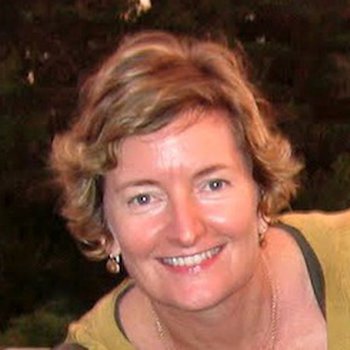 Bronwyn Barry | Moderation |
|
17.05 Uhr |
People, Policy and Projects: the uptake of Passive House in British Columbia This presentation reviews the key drivers behind the uptake of the Passive House standard in British Columbia over 10 years; from one project in 2010 using imported expertise and materials to a proliferation of trained personnel, enabling policies and projects at different scales and types in 2020. |
 Cillian Collins | Perkins and Will Architects |
|
17.20 Uhr |
The transformation of a design practice and a city After the success of the 1st Passive House in Vancouver, this architectural firm experienced an increase in projects from code-standard buildings to only PH Certified within 3 years. This growth occurred due to public exposure to PH and policy change in the Cities development regulations.
|
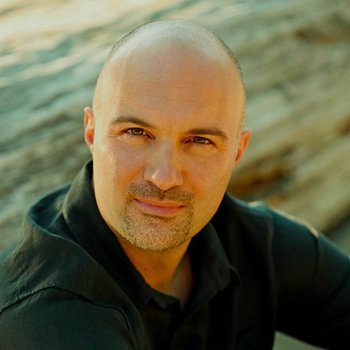 Lucio Picciano | DLP Architecture inc |
| 17.35 Uhr | Fragen und Antworten | |
|
17.50 Uhr |
Washington state energy code path is now equal to PHI low-energy building standard Passive House Northwest energy code proposal for 2018 Washington state energy code reduces airtightness for all building types and requires heat recovery ventilation for multifamily buildings. PHPP results indicate code minimum multifamily buildings can meet PHI low-energy building standard. |
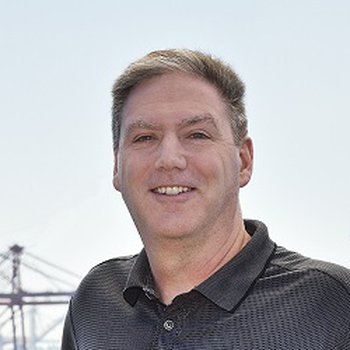 Mike Fowler | Passive House Northwest and Mithun |
|
18.05 Uhr |
Fighting off energy poverty: can Passive House be the answer? Deep energy retrofitting (DER) has numerous positive effects, one of which is energy poverty mitigation. In the poorest EU country - Bulgaria, DER has the potential to lead the majority of the affected households out of poverty risk, if suitable policy measures at local level are applied. |
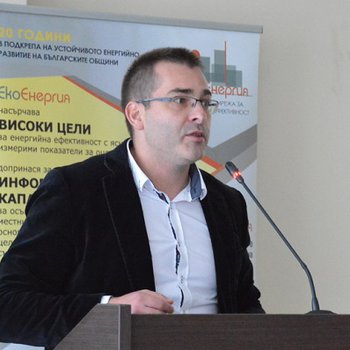 Dragomir Tzanev | EnEffect, Center for Energy Efficiency |
|
18.20 Uhr |
Passive House and the SDGs: Connecting an international building standard with global aims Many of the UN’S 17 Sustainable Development Goals (SDGs) are related to the environment – both natural and built. The Passive House Standard makes an essential contribution to meeting many of the SDGs. This article summarises the ways in which Passive House contributes to many of the SDGs. |
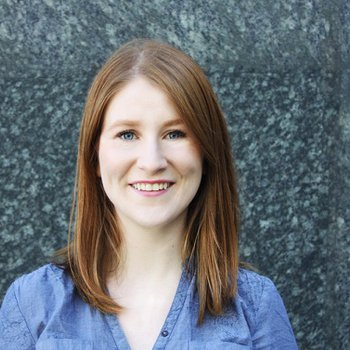 Giorgia Tzar | Passivhaus Institut |
| 18.35 Uhr | Fragen und Antworten | |
| Thematisch passende Posterbeiträge finden Sie in diesem Jahr in der ONLINE Passivhaus-Fachausstellung: | ||
|
Communicate Passive House – reach a wider audience, João Gavião | "ALL PASSIVHAUS!" A buisiness strategy making high efficient homes mainstream in Spain, Clara Lorente Martin | On the road to sustainability: a Passive House and LEED crosswalk, Michelle Schwarting |
||
|
|
Zu Session 13
|
|



